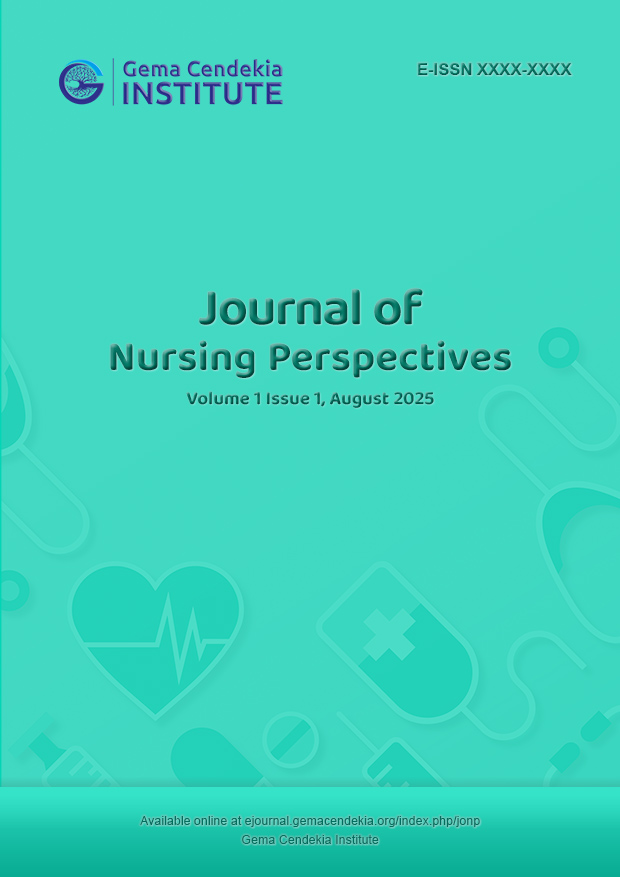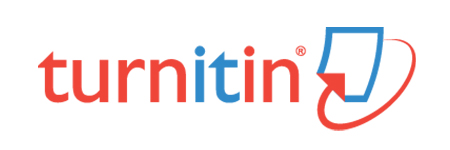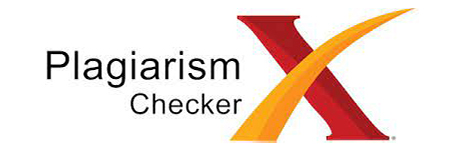Intervensi Terapi Spherical Grip dalam Upaya Melatih Gerak ROM Ekstermitas Atas untuk Meningkatkan Kekuatan Otot pada Pasien Stroke
Keywords:
Spherical Grip Therapy, Stroke , Physical Mobility, Muscle Strength, ROMAbstract
Background: Stroke is one of the leading causes of disability worldwide and significantly affects physical mobility. This study aimed to describe the application of spherical grip therapy in improving upper extremity muscle strength in stroke patients. Methods: A descriptive case study design was used involving one patient diagnosed with stroke and impaired upper extremity mobility. The intervention was spherical grip therapy conducted for 10–15 minutes once daily for six consecutive days. Muscle strength was measured using a standardized muscle strength grading scale before and after the intervention. Results: Before the intervention, the patient’s muscle strength in both upper extremities was scored at 3 (movement against gravity only). After six therapy sessions, muscle strength improved to 4 (movement against gravity with minimal resistance). The patient also reported reduced stiffness and improved relaxation during daily activities. Conclusion: Spherical grip therapy is effective as a non-pharmacological nursing intervention to enhance upper extremity strength and mobility in stroke patients. This therapy may be recommended as part of nursing care interventions to support stroke rehabilitation programs.
References
Abassi, Z., Khoury, E. E., Karram, T., & Aronson, D. (2022). Edema formation in congestive heart failure and the underlying mechanisms. Frontiers in Cardiovascular Medicine, 9, 933215. https://doi.org/10.3389/fcvm.2022.933215
Adawiyah, S. R., Nurwahyuni, E., & Aditama, D. (2023). Efektivitas terapi ROM terhadap peningkatan kekuatan otot pada pasien lansia. Jurnal Ilmiah Penelitian Mandira Cendikia, 1(2), 7–10. https://doi.org/10.55927/jipmc.v1i2.2023
Agusrianto, A., & Rantesigi, N. (2020). Application of passive ROM exercises to increase muscle strength in patients with stroke. Jurnal Ilmiah Kesehatan, 2(2), 61–66. https://doi.org/10.35971/jik.v2i2.2020
Amelia, S. P., Sopiah, P., & Ridwan, H. (2023). Hubungan patologi dan patofisiologi pada individu akibat normalisasi perilaku merokok di Indonesia. Jurnal Keperawatan Abdurrab, 7(1), 23–28. https://doi.org/10.35874/jka.v7i1.2023
Andriani, D., et al. (2022). Pengaruh ROM terhadap peningkatan kekuatan otot pada pasien stroke. Indogenius, 1(1), 34–41. Retrieved from https://indogeniusjournal.com/2022
Annanto, G. P., et al. (2022). Perancangan sistem mekatronika berbasis Arduino untuk pembacaan sinyal otak. Jurnal Ilmiah Momentum, 18(2), 12. https://doi.org/10.36499/momentum.v18i2.2022
Azizah, N., & Wahyuningsih, W. (2020). Genggam bola untuk mengatasi hambatan mobilitas fisik pada pasien stroke non-hemoragik. Jurnal Manajemen Asuhan Keperawatan, 4(1), 35–42. https://doi.org/10.32584/jmak.v4i1.2020
Azzahro, K., & Rejeki, H. (2022). Penerapan teknik ROM pasif untuk meningkatkan kekuatan otot pada pasien stroke. Jurnal Keperawatan, 421–424. https://doi.org/10.32584/jk.v2022
Bagus, I., et al. (2023). Pengalaman keluarga dalam melaksanakan pola diet stroke lansia. Prosiding Simposium Kesehatan Nasional, 89–92. Retrieved from https://simposiumkesnas.org/2023
Bakhri, S. (2022). Menakar kehalalan obat medis yang mengandung alkohol. Jurnal Kehalalan Pangan, 2(5), 23–25. https://doi.org/10.36722/jkp.v2i5.2022
Febriawati, H., et al. (2023). Pemberian stimulasi sensori auditorius terhadap GCS pada pasien penurunan kesadaran. Jurnal Keperawatan Silampari, 6(2), 1994–2001. https://doi.org/10.31539/jks.v6i2.2023
Fernandes, S. J., et al. (2023). Prosedur pemeriksaan digital subtraction angiography pada kasus CVT. Jurnal Radiologi, 1(4). https://doi.org/10.12345/jr.v1i4.2023
Fitriani, E., & Mulyono, S. (2022). Pengaruh telenursing pada peningkatan kualitas hidup pasien stroke. Jurnal Ilmiah Riset Kesehatan (JIRK), 1(10), 1165–1170. https://doi.org/10.12345/jirk.v1i10.2022
Hidayah, I., & Aliyah, I. (2023). Liberosis. Jurnal Psikologi dan Bimbingan Konseling, 1(1). https://doi.org/10.12345/liberosis.v1i1.2023
Hioe, A. S. (2022). Pengukuran diameter selubung nervus optikus berbasis ultrasonografi. Cermin Dunia Kedokteran, 49(2), 108–111. https://doi.org/10.55175/cdk.v49i2.2022
Isnaeni, L. M. A. (2022). Hubungan status gizi dan riwayat keluarga dengan kejadian dismenorea. SEHAT: Jurnal Kesehatan, 1(1), 17. https://doi.org/10.12345/sehat.v1i1.2022
Khairiyah, U., et al. (2022). Pola penggunaan obat antihipertensi pada pasien hipertensi. Journal of Syiah Kuala Clinical Research (JSSCR), 4, 609–617. https://doi.org/10.24815/jsscr.v4.2022
Kusnadi, F. N. (2022). Hubungan dukungan keluarga dengan pemenuhan kebutuhan spiritual pada pasien stroke. Jurnal Bagus, 2(1), 402–406. https://doi.org/10.12345/jbagus.v2i1.2022
Laili, N., & Taukhid, M. (2023). Hubungan self management dengan kemandirian ADL pada penderita pasca stroke. JIKK, 19(1), 70. https://doi.org/10.12345/jikk.v19i1.2023
Mahfuzah, M., et al. (2023). Pengaruh teknik slow stroke back massage terhadap nyeri kepala dan tekanan darah pada lansia hipertensi. Jurnal Ners, 7(1), 518–523. https://doi.org/10.12345/jners.v7i1.2023
Muawanah, S., et al. (2023). Stroke exercise untuk memulihkan mobilitas di rumah. Jurnal Kesehatan, 2(2). https://doi.org/10.12345/jkes.v2i2.2023
Nurrani, D. E., et al. (2023). Implementasi terapi genggam bola karet pada pasien lansia dengan stroke. Jurnal Medika Nusantara, 1(2), 296–305. https://doi.org/10.12345/jmn.v1i2.2023
Permatasari, N. A. (2023). Penyebab stroke dan pencegahannya. Jurnal Kesehatan Masyarakat, 5(1), 15–22. https://doi.org/10.12345/jkm.v5i1.2023
Puspita, E., & Khamid, A. (2023). Manifestasi klinis pada pasien stroke. Jurnal Keperawatan, 3(2), 56–64. https://doi.org/10.12345/jk.v3i2.2023
Rosyadi, R., et al. (2023). Stroke dan gangguan peredaran darah otak. Jurnal Neuro, 2(1), 12–18. https://doi.org/10.12345/jn.v2i1.2023
Downloads
Published
Issue
Section
License
Copyright (c) 2025 Journal of Nursing Perspectives

This work is licensed under a Creative Commons Attribution-ShareAlike 4.0 International License.










